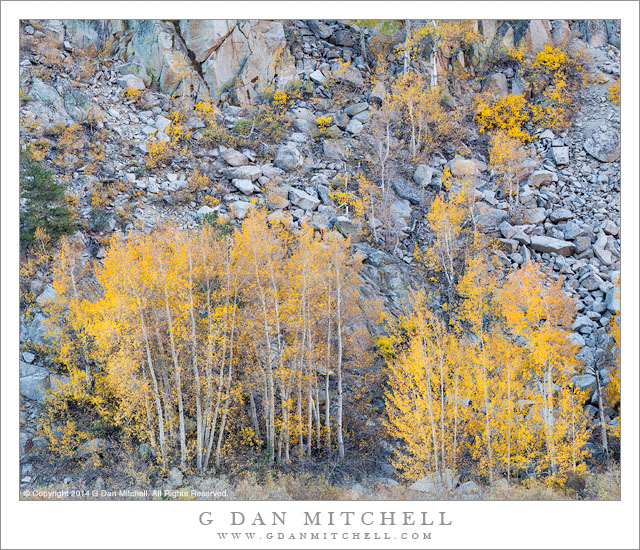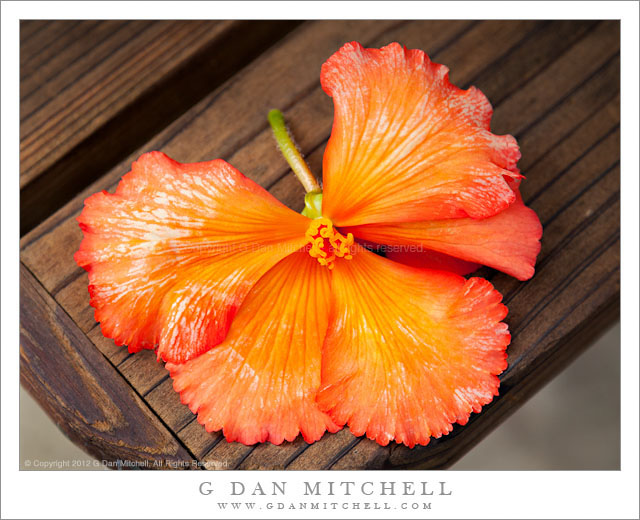(It has been a while since I’ve written a “morning musings” post, but since I’ve been “musing” about Canon and mirrorless cameras over the past few days and learning a few things about the subject, it seems like time for another such post.)
Unless you’ve been under a rock for the past few years you are aware of the introduction of so-called mirrorless cameras by several manufacturers and of the increasing sophistication of these cameras. Their features typically include:
- smaller and lighter bodies that may be reminiscent of older rangefinder film cameras.
- the ability to allow use of smaller lens designs, due to the shorter distance between the lens mount and the sensor.
- electronic viewfinders (EVFs) that can incorporate additional useful tools and information into the viewfinder display and which have advantages in low light.
- designs and features that increasingly appeal to serious photographers.
There are still issues with these cameras, and while much progress has been made and will continue, they still lag behind DSLRs is some areas:
- battery consumption rates tend to be quite high by comparison to DSLRs.
- AF performance is uneven and in some cases quite slow.
- EVFs have latency issues.
- Not everyone is fond of looking at an EVF monitor instead of the “real” image on focusing screen.
- With some systems (notably Sony) using a wide range of lenses will likely require the use of third-party adapters.
I’ve been using a Fujifilm X-trans mirrorless system for my travel and street photography for nearly three years. (Mine is a discontinued model, but if I were buying today I would get the Fujifilm XT1 or perhaps the Fujifilm XT10.) Virtually all of my street/travel photographs of the past two years were made with my Fujifilm camera and lenses. For this photography, the small size and excellent quality of the system compensates for the slower AF speeds and the battery consumption issues.
More recently the Sony A7r and A7rII cameras have gotten a lot of attention. When first introduced, the A7r came with the highest MP full frame sensor then available. The cameras can use (with varying degrees of compatibility and functionality) a wide range of non-Sony lenses, and they have a number of the other pluses associated with mirrorless designs. Several landscape photographer friends use the A7r and A7rII bodies for their tripod-based, manual focus photography, and I know several street/travel photographers who like the system a lot.
Sony and Fujifilm are not the only companies moving in this direction. For example, Olympus and others produce some very fine small mirrorless cameras.
All of which leads to the question: “Where is Canon’s mirrorless offering?” (Or, “Is the EOS-M the best Canon can do?”) Continue reading Morning Musings: Canon and Mirrorless Cameras



